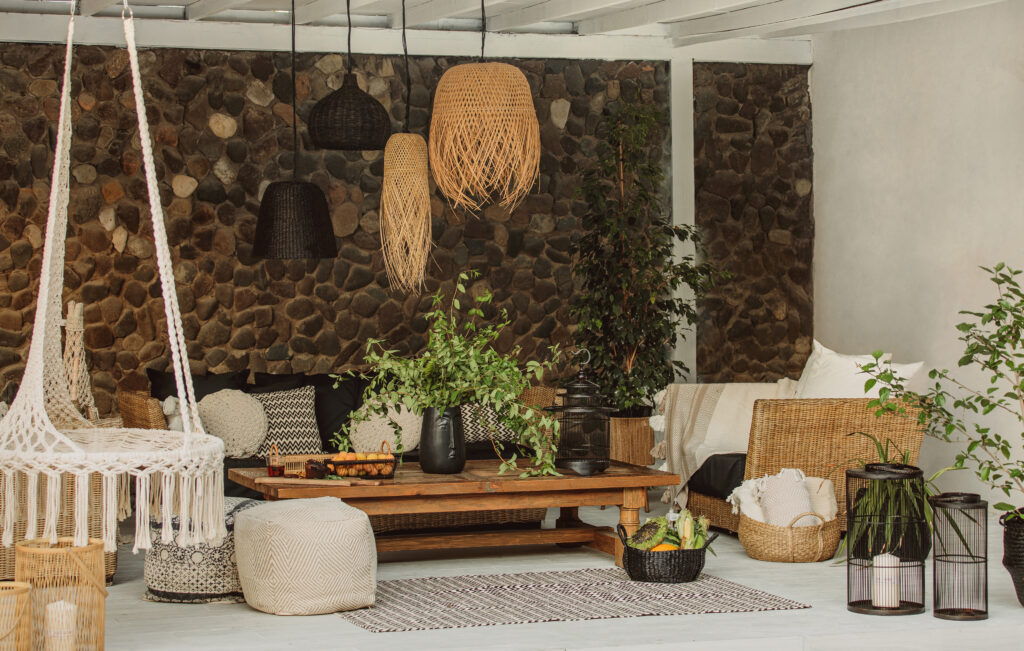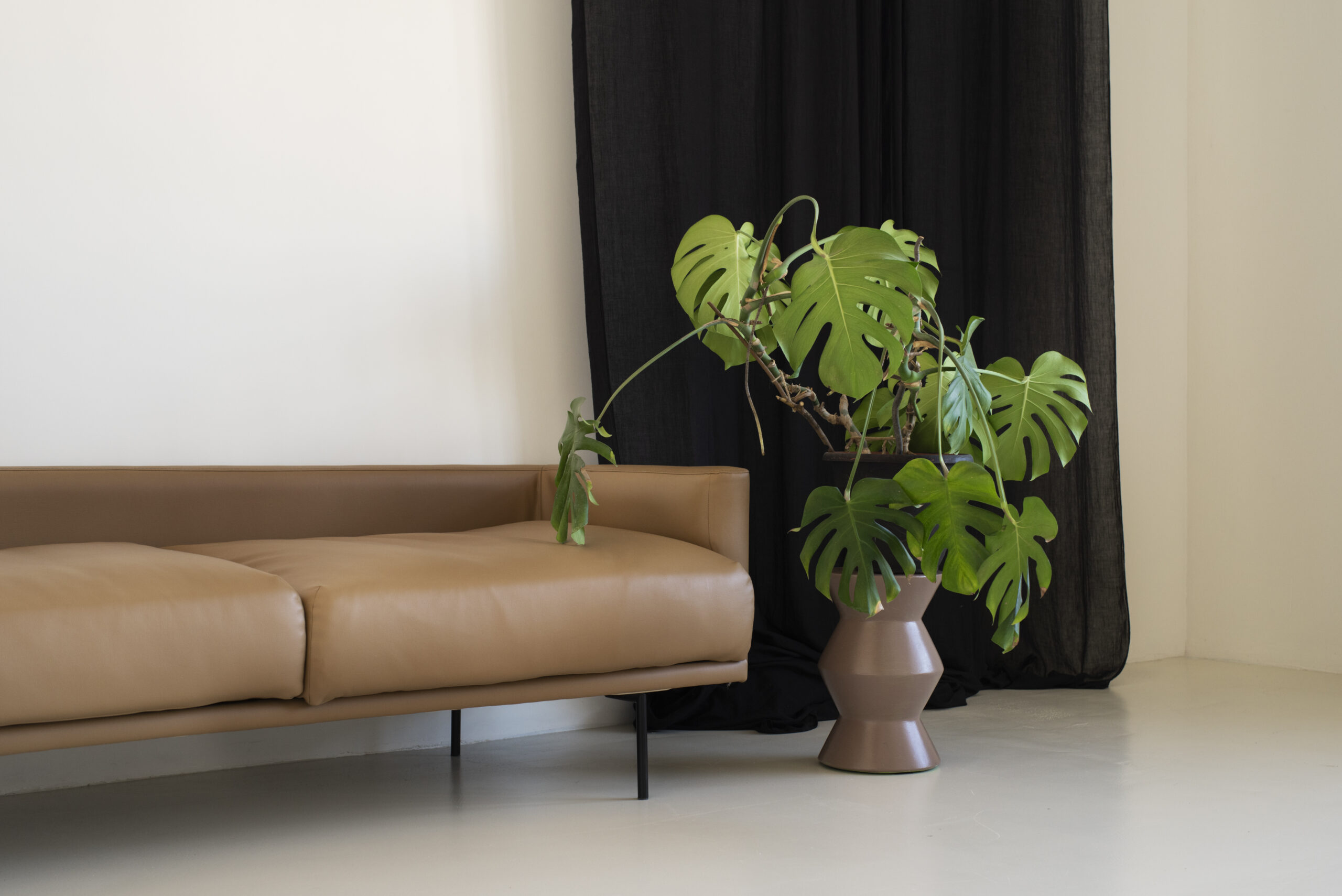In an era where environmental consciousness is more crucial than ever, eco-friendly interior design has become a popular and necessary trend. Designing a sustainable home is not just about following the latest trends; it’s about making choices that contribute to the well-being of our planet. Here’s how you can create a beautiful, stylish, and eco-friendly living space with sustainable interior design choices.
1. Sustainable Materials
Natural and Recycled Materials:
- In: Opt for materials that are natural, renewable, and recyclable. Bamboo, cork, reclaimed wood, and recycled metal are excellent choices. These materials not only reduce the demand for new resources but also bring unique textures and character to your home.
- Tip: Look for certifications like FSC (Forest Stewardship Council) for wood products to ensure they come from responsibly managed forests.
Low-VOC Paints and Finishes:
- In: Traditional paints and finishes can release harmful volatile organic compounds (VOCs) into the air, affecting indoor air quality. Low-VOC and zero-VOC paints are much healthier options.
- Tip: When repainting or finishing furniture, choose brands that prioritize eco-friendly ingredients and minimal environmental impact.
2. Energy Efficiency
LED Lighting:
- In: Replace incandescent bulbs with energy-efficient LED lighting. LEDs consume up to 80% less energy and last significantly longer, reducing both energy bills and waste.
- Tip: Use dimmer switches and smart lighting systems to further enhance energy efficiency and create the perfect ambiance.
Energy-Efficient Appliances:
- In: Modern, energy-efficient appliances use less water and electricity, contributing to lower utility bills and a smaller carbon footprint. Look for the Energy Star label when shopping for new appliances.
- Tip: Regular maintenance and proper use of appliances also help in maintaining their efficiency over time.

3. Water Conservation
Low-Flow Fixtures:
- In: Install low-flow faucets, showerheads, and toilets to reduce water usage without sacrificing performance. These fixtures can cut water consumption by up to 50%.
- Tip: Consider a dual-flush toilet for even greater water savings.
Greywater Systems:
- In: Greywater systems recycle water from sinks, showers, and laundry for use in irrigation and toilet flushing. This reduces the demand on freshwater supplies and lowers your water bill.
- Tip: Check local regulations and work with a professional to install a greywater system safely and effectively.
4. Sustainable Furniture
Upcycled and Recycled Furniture:
- In: Give new life to old furniture by upcycling or buying second-hand. This reduces waste and often results in unique, one-of-a-kind pieces that add character to your home.
- Tip: Attend local flea markets or browse online marketplaces for high-quality used furniture that can be refurbished to suit your style.
Eco-Friendly Upholstery:
- In: Choose furniture upholstered with natural fibers like organic cotton, wool, or linen. Synthetic materials often contain harmful chemicals and are less biodegradable.
- Tip: Look for upholstery with natural dyes to avoid the environmental impact of synthetic colorants.
5. Indoor Air Quality
Houseplants:
- In: Houseplants not only beautify your space but also improve indoor air quality by absorbing toxins and releasing oxygen. Some great air-purifying plants include snake plants, spider plants, and peace lilies.
- Tip: Choose low-maintenance plants if you don’t have a green thumb, and ensure they are non-toxic if you have pets.
Natural Cleaning Products:
- In: Swap out harsh chemical cleaners for natural, eco-friendly alternatives. These products are safer for your health and the environment.
- Tip: You can make your own cleaning solutions using ingredients like vinegar, baking soda, and essential oils.
6. Thoughtful Design Choices
Multi-Functional Spaces:
- In: Design multi-functional spaces that serve more than one purpose. This reduces the need for additional furniture and makes the most of your square footage.
- Tip: Use flexible, modular furniture that can be easily reconfigured to meet changing needs.
Local and Handmade Goods:
- In: Support local artisans and choose handmade goods. This not only reduces the carbon footprint associated with shipping but also supports the local economy.
- Tip: Handmade items often have a unique story and craftsmanship that mass-produced goods lack, adding a personal touch to your home.
Final Thoughts
Eco-friendly interior design is about making mindful choices that benefit both your home and the environment. By incorporating sustainable materials, energy-efficient solutions, and thoughtful design practices, you can create a beautiful and responsible living space. Every small step counts towards a greener future, so start making eco-friendly choices today and enjoy a home that’s not only stylish but also kind to the planet. Happy designing!
